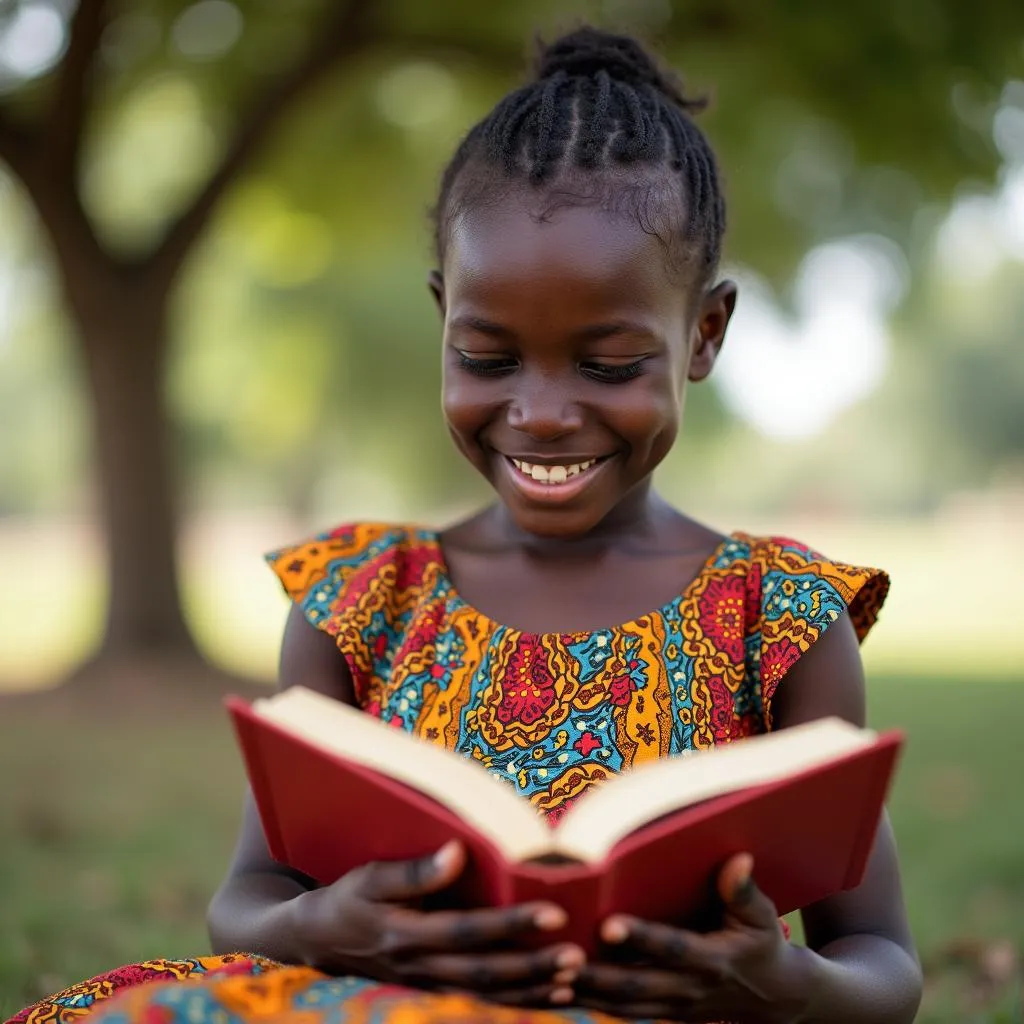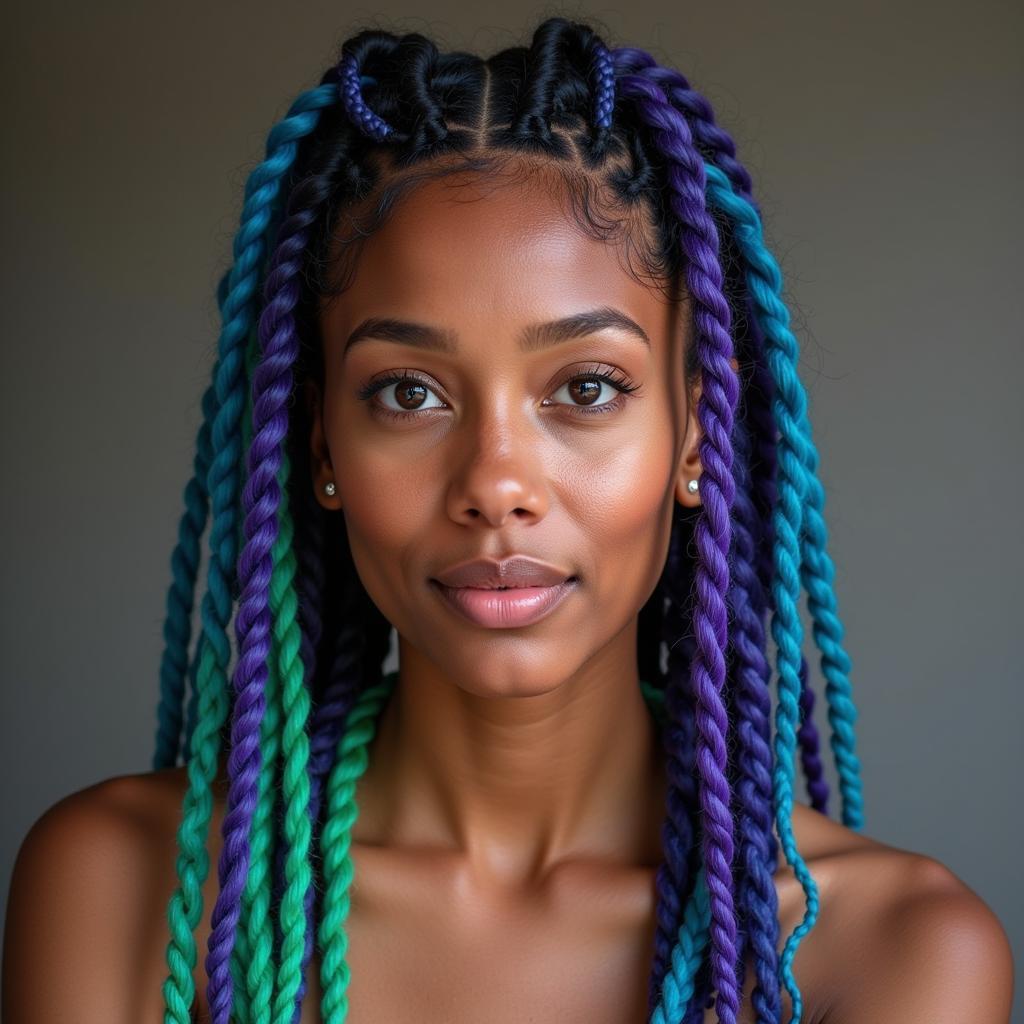Exploring the Vibrant World of African Designs Art
African Designs Art is a captivating expression of the continent’s rich cultural heritage, diverse traditions, and vibrant artistic spirit. From intricate patterns and bold colors to symbolic motifs and unique materials, African art offers a fascinating journey into the heart of creativity and storytelling. This article delves into the diverse world of African designs, exploring their historical significance, artistic techniques, and contemporary influences.
A Journey Through Time: The History of African Designs Art
African art has a long and complex history, dating back thousands of years. It’s not just about aesthetics; these designs often carry deep cultural and spiritual meaning, reflecting the beliefs, values, and stories of various communities across the continent. Early forms of African art include rock paintings, pottery, and sculptures, each telling a unique story of the people who created them. The development of metalworking techniques further enriched the artistic landscape, allowing for the creation of intricate jewelry, masks, and ceremonial objects. Check out these inspiring African henna designs for a glimpse into the rich tradition of body art. african henna designs
African designs are often characterized by their use of geometric patterns, symbolic imagery, and vibrant colors. These elements are not merely decorative; they convey complex narratives, represent social status, and connect individuals to their ancestral heritage. For example, the Adinkra symbols of the Akan people of Ghana are visual proverbs that represent concepts like wisdom, courage, and unity.
Uncovering the Diversity of African Designs: Regional Styles and Techniques
From the intricate beadwork of the Maasai people to the bold textiles of the Ndebele, African designs art encompasses a wide range of regional styles and techniques. Each region has developed its own unique artistic vocabulary, reflecting the specific environment, resources, and cultural practices of the community. West African textiles, known for their vibrant colors and intricate patterns, are often created using techniques like tie-dye and batik. Southern African art, on the other hand, often features intricate beadwork and geometric designs. Exploring these regional variations provides a deeper understanding of the rich tapestry of African artistic expression. If you’re looking for African border designs, you might find some inspiration in these clip art resources. african border designs clip art
What are the common motifs in African designs?
Common motifs include geometric patterns, animals, human figures, and ancestral symbols. These motifs often hold symbolic meaning related to spirituality, social status, or storytelling.
African Designs Art in the Modern World
While rooted in tradition, African designs art continues to evolve and adapt to contemporary influences. African artists are pushing the boundaries of creativity, experimenting with new materials and techniques while still honoring their cultural heritage. From fashion and interior design to graphic arts and digital media, African designs are making a global impact, inspiring artists and designers around the world. The growing popularity of African designs is a testament to their enduring appeal and artistic significance. For those interested in coloring, consider exploring African designs in a coloring book by Marty Noble. african designs coloring book marty noble
How is African designs art used in contemporary design?
African designs are now incorporated into various design fields, including fashion, interior design, architecture, and graphic design, bringing a unique and vibrant aesthetic to modern creations.
The Enduring Legacy of African Designs Art
African designs art is more than just aesthetically pleasing; it is a powerful expression of cultural identity, historical narrative, and artistic innovation. By exploring the diverse world of African designs, we gain a deeper appreciation for the rich cultural heritage of the continent and the enduring power of artistic expression. From ancient rock paintings to contemporary textile designs, African art continues to inspire and captivate audiences worldwide. Exploring African folk art designs can further enhance your understanding of this rich artistic tradition. african folk art designs
“African art is a visual language that speaks to the soul,” says Dr. Anika Kwame, a renowned art historian specializing in African art. “It’s a testament to the enduring power of human creativity and the profound connection between art and culture.”
“The beauty of African designs lies in their ability to tell stories,” adds Adebayo Olajide, a contemporary Nigerian artist. “Each pattern, each color, each symbol carries a message, connecting us to the past and inspiring us for the future.”
(https://omenkamag.com/african-color-tattoo-designs/)]
Conclusion
African designs art offers a vibrant tapestry of artistic expression, reflecting the diverse cultures, rich history, and innovative spirit of the African continent. From traditional crafts to contemporary art forms, African designs continue to inspire and captivate audiences worldwide.
FAQ
- What are some common materials used in African art? Common materials include wood, clay, metal, beads, textiles, and natural dyes.
- What is the significance of masks in African art? Masks often play a crucial role in traditional ceremonies, representing spirits, ancestors, or deities.
- How can I incorporate African designs into my home decor? You can incorporate African designs through textiles, wall art, sculptures, and decorative objects.
- Where can I learn more about African art history? Museums, art galleries, and online resources offer valuable insights into African art history.
- Are there any contemporary African artists I should know about? Yes, there are many talented contemporary African artists making waves in the art world. Research and explore their work!
- What is the role of storytelling in African designs? Storytelling is often embedded within the designs, conveying cultural narratives, moral lessons, and historical events.
- How can I support African artists and artisans? You can support African artists by purchasing their work directly or through reputable galleries and organizations that promote fair trade practices.
Other related questions you might have:
- What are the different types of African masks?
- How are African textiles made?
- What is the impact of colonialism on African art?
You can explore these topics and more on our website.
Need help with African designs art? Contact us 24/7 at +255768904061, [email protected], or visit us in Mbarali DC Mawindi, Kangaga, Tanzania.



